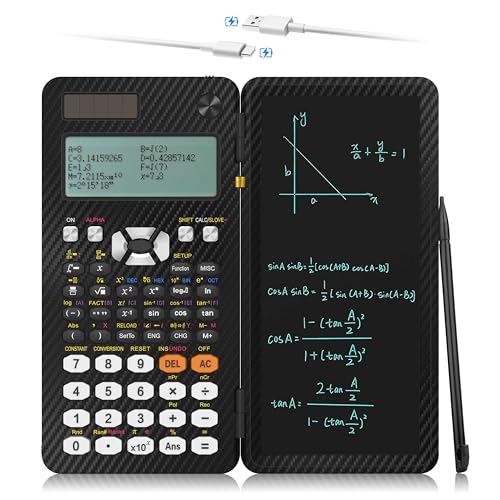Mohammed Ahmed
Active member
- Joined
- Dec 21, 2019
- Messages
- 25
- Reaction score
- 1
Hello everyone..
The subject question is related to over excited generator. The answer in the book is (B).
But I when I tried to answer this question, my choice was (C) because it is over excited generator which means induced voltage is higher than terminal voltage. My understanding under this case the power factor for this system is lagging and I got more confident when I saw the the phasor diagram for synchronous generator supplying a lagging power factor in the NCEES reference book page#51. Therefore, I chose (C) because in lagging power factor VARs will be absorbed from the system and when the system is leading it means VARs will be supplied to the system, is it correct?
Appreciate your help to clarify this question...

The subject question is related to over excited generator. The answer in the book is (B).
But I when I tried to answer this question, my choice was (C) because it is over excited generator which means induced voltage is higher than terminal voltage. My understanding under this case the power factor for this system is lagging and I got more confident when I saw the the phasor diagram for synchronous generator supplying a lagging power factor in the NCEES reference book page#51. Therefore, I chose (C) because in lagging power factor VARs will be absorbed from the system and when the system is leading it means VARs will be supplied to the system, is it correct?
Appreciate your help to clarify this question...



























